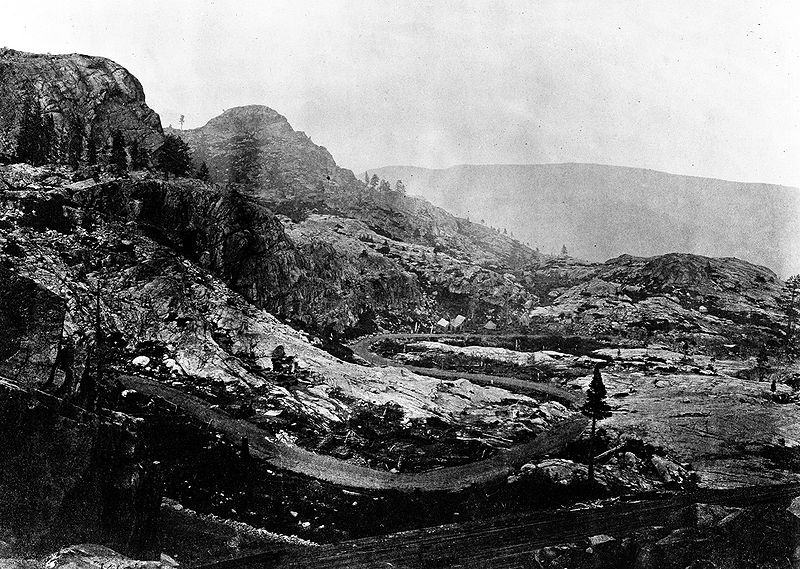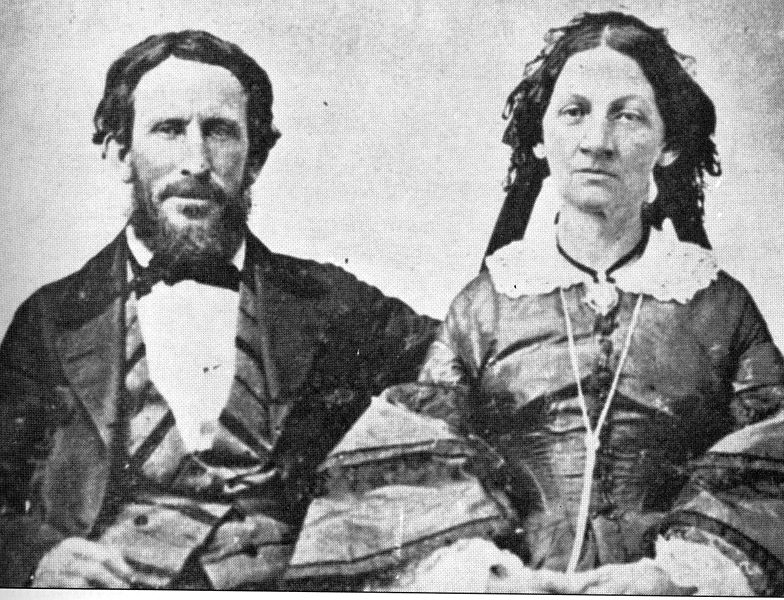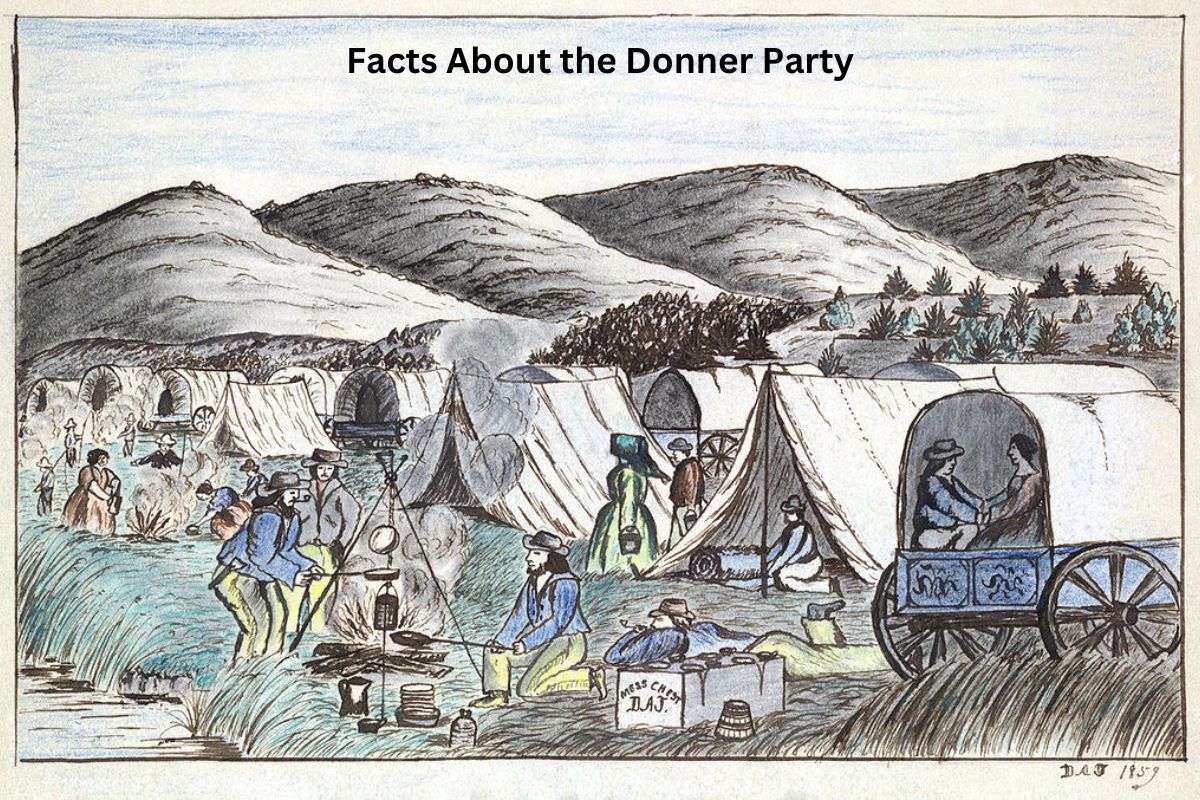The Donner Party is a tragic chapter in American history, representing the harrowing struggles faced by a group of pioneers on their journey westward during the mid-19th century.
This ill-fated expedition, which began with high hopes of reaching California, ended in a desperate fight for survival in the unforgiving Sierra Nevada mountains.
The story of the Donner Party is marked by delayed departures, ill-advised shortcuts, deadly snowstorms, and the grim necessity of cannibalism.
Despite their ordeal, some members persevered, and their tale serves as both a cautionary tale and a testament to the enduring human spirit in the face of extreme adversity.
Donner Party Facts
1. 87 pioneers in 1846.
The Donner Party consisted of approximately 87 individuals who embarked on a journey in 1846. This group included men, women, and children, all of whom were American pioneers seeking a better life in the western United States.
Their decision to travel together as a single party was motivated by a desire for safety and companionship on the arduous journey.

2. Westward migration to California
Like many others during the mid-19th century, the Donner Party was part of the larger westward migration known as the California Trail.
Also Read: Donner Party Timeline
This trail was one of several routes used by pioneers to travel from the eastern United States to the fertile lands of California.
California held the promise of new opportunities, including fertile farmland, gold discovery, and economic prosperity, which drew thousands of people to make the challenging trek.
3. Delayed departure from Springfield, Illinois
The Donner Party’s journey was marked by various delays and setbacks from the very beginning. They initially planned to leave Springfield, Illinois, in early April 1846.
However, delays in gathering supplies, organizing the group, and various other issues caused them to depart much later than anticipated.
These delays would later prove to be significant because they contributed to the party’s late arrival in the Sierra Nevada mountains, where they would become trapped by winter snowstorms.
4. Attempted shortcut via Hastings Cutoff
One of the pivotal decisions made by the Donner Party was to take a shortcut known as the Hastings Cutoff. This route, suggested by Lansford W. Hastings, was intended to save time and distance on their journey to California.
However, it was untested and not well-documented, and the party had little information about the challenges they would face along the way. The Hastings Cutoff led them through rugged and unfamiliar terrain, making their journey more perilous.

5. Stranded by heavy snow in Sierra Nevada
The Donner Party’s journey through the Sierra Nevada mountains took an unfortunate turn when they encountered unusually heavy snowfall in the early fall of 1846. This snowfall blocked their progress and prevented them from crossing the mountains before winter.
They became trapped in the high wilderness near what is now Donner Lake, California, with insufficient supplies to survive the harsh winter conditions. The deep snow made it impossible for them to continue their journey or for rescuers to reach them.
6. Resorting to cannibalism to survive
As the harsh winter dragged on and their supplies dwindled to almost nothing, the Donner Party faced a desperate situation. With no other options, they resorted to consuming their pack animals and boiling leather to extract any possible sustenance.
Eventually, their situation became dire, and some members of the party turned to cannibalism as a last resort to stay alive. This grim decision is one of the most tragic and haunting aspects of the Donner Party’s ordeal and has left a lasting mark on their story.
7. Rescue parties arrived in 1847
Despite their dire circumstances, the Donner Party did not go unnoticed. Several rescue efforts were launched to find and assist them. The first relief party, known as the “Forlorn Hope,” set out in December 1846.
However, they faced extreme hardships and only a few members of this party survived to reach the stranded pioneers in February 1847. Subsequent rescue parties were organized, and they helped evacuate the survivors.

8. About 48 survivors out of 87
Tragically, of the original 87 members of the Donner Party, only about 48 survived the ordeal. The harsh winter, starvation, exposure, and illness took a heavy toll on the pioneers.
Many succumbed to these brutal conditions before rescue parties could reach them. The survivors faced physical and psychological scars that would haunt them for the rest of their lives.
9. Cannibalism controversy and stigma
The most controversial and stigmatizing aspect of the Donner Party’s ordeal was the resort to cannibalism as a means of survival. This decision generated public scrutiny and condemnation.
Survivors were often judged harshly, and some chose to keep this dark chapter of their history hidden. The stigma associated with cannibalism remained a lasting legacy for those who had been part of the group.
10. Memorials and historical accounts
The Donner Party’s story has not been forgotten, and there are several memorials and historical sites dedicated to their memory. One notable location is the Donner Memorial State Park in California, which features a museum and a memorial dedicated to the pioneers.
The tragic story of their journey continues to be studied and remembered as a cautionary tale of the challenges faced by pioneers in the American West. Numerous written accounts, including diaries and journals kept by members of the party, provide valuable historical records that shed light on the events and decisions that led to their tragic fate.
